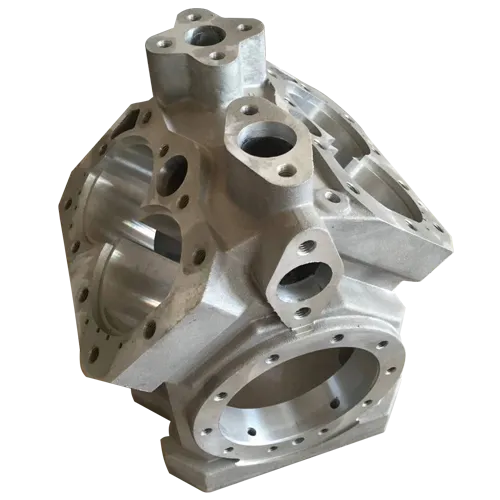Mobile:+86-311-808-126-83
Email:info@ydcastings.com
Innovative Techniques and Applications in Aluminium Slab Casting for Enhanced Industrial Performance
Aluminium Slab Casting An Overview
Aluminium slab casting is a crucial process in the metallurgical industry where molten aluminium is poured into molds to create semi-finished products in the form of slabs. These slabs are then further processed into various products utilized in multiple industries, including automotive, aerospace, construction, and consumer goods. This article delves into the significance of the aluminium slab casting process, its methodologies, and its applications.
The Importance of Aluminium Casting
Aluminium is a versatile metal known for its lightweight, durability, and resistance to corrosion. These properties make it an ideal candidate for many applications, especially in sectors where weight reduction is vital for efficiency, such as the automotive and aerospace industries. The slab casting process allows manufacturers to produce large, flat forms of aluminium that can be easily transported and further processed.
The economic efficiency of aluminium casting cannot be overstated. Automating the slab casting process and optimizing the use of aluminum alloys can significantly reduce production costs. Furthermore, aluminium recycling processes enhance sustainability, as aluminium can be re-melted and reused without losing quality, making slab casting a more environmentally friendly option compared to other materials.
The Slab Casting Process
The casting process begins with the melting of aluminium ingots or scrap in a furnace. This molten aluminium is then transferred to a casting station where it is poured into a mold. The mold design is crucial as it determines the dimensions and surface quality of the slabs. Typical dimensions for aluminium slabs range from 600 mm to 2,500 mm in width and can be several meters long.
aluminium slab casting

The casting process can be classified into various methods, such as direct chill casting and tilt casting. In direct chill casting, the molten metal is poured into a water-cooled mold, which solidifies the aluminium as it flows through, resulting in high-quality slabs with uniform properties. Tilt casting involves tilting the mold to control the flow and characteristics of the aluminium, allowing for the production of larger slabs.
After solidification, the slabs are removed from the molds, and they undergo initial processing that may include trimming and surface treatment to prepare them for subsequent processing like hot rolling, cold rolling, or extrusion.
Applications of Aluminium Slabs
Aluminium slabs serve as the foundation for a variety of products across numerous industries. In the automotive sector, they are used to produce body panels, engine components, and heat exchangers, thanks to their lightweight and malleable nature. The aerospace industry also heavily relies on aluminium slabs for manufacturing aircraft wings, fuselage panels, and other critical components due to their excellent strength-to-weight ratio.
In the construction industry, aluminium slabs are utilized in building facades, roofing materials, and structural supports. Their durability and resistance to environmental effects make them ideal for long-lasting applications. Furthermore, the consumer goods sector employs aluminium slabs for creating kitchen utensils, furniture, and packaging materials, showcasing the metal's versatility in everyday products.
Conclusion
Aluminium slab casting is an essential process in modern manufacturing, providing a pathway for producing a wide range of products across various industries. Its benefits, including cost-effectiveness, sustainability, and the inherent properties of aluminium, make it a critical area of focus for metallurgical advancements. As the demand for lightweight and durable materials continues to rise, the aluminium slab casting industry is poised for growth, driven by technological innovations and increased recycling efforts. As such, it remains a vital component of the global manufacturing landscape, paving the way for future developments in material science and engineering.
-
Why Should You Invest in Superior Pump Castings for Your Equipment?NewsJun.09,2025
-
Unlock Performance Potential with Stainless Impellers and Aluminum End CapsNewsJun.09,2025
-
Revolutionize Your Machinery with Superior Cast Iron and Aluminum ComponentsNewsJun.09,2025
-
Revolutionize Fluid Dynamics with Premium Pump ComponentsNewsJun.09,2025
-
Optimizing Industrial Systems with Essential Valve ComponentsNewsJun.09,2025
-
Elevate Grid Efficiency with High-Precision Power CastingsNewsJun.09,2025











